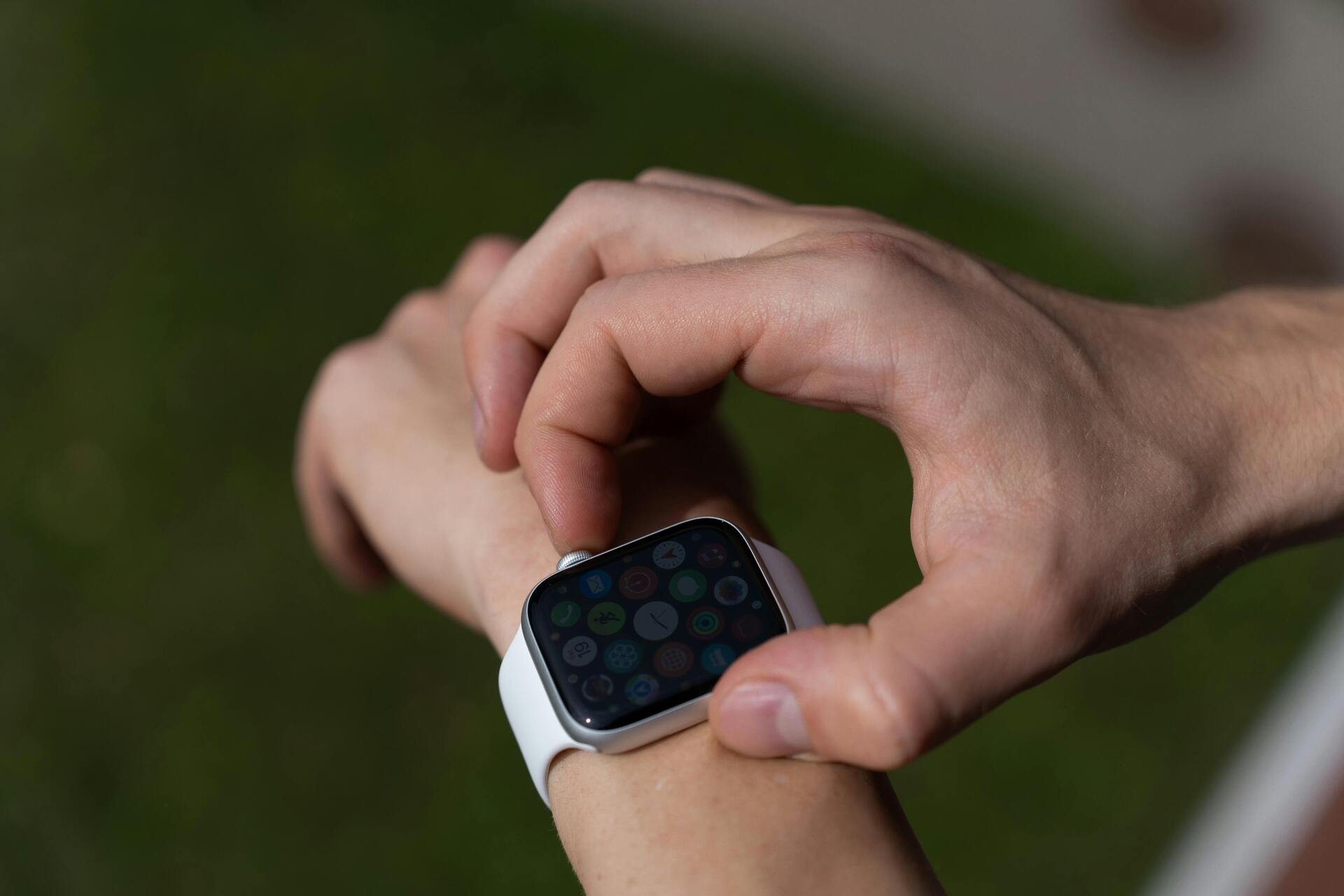Modern technology has significantly transformed how we view and engage in fitness. Today, you don’t need to visit a gym or hire a personal trainer to stay in shape. Smart devices, mobile apps, and various gadgets are helping people improve their physical fitness, boost motivation, and achieve their goals. In this article, we'll explore how technology has revolutionized the world of fitness and made it more accessible for everyone.
1. Fitness Trackers and Smartwatches: Real-Time Health Monitoring
One of the most popular fitness gadgets today is the smartwatch or fitness tracker. These devices allow users to monitor various health metrics such as:
- Heart rate
- Step count
- Calorie expenditure
- Sleep quality
These data points not only help track progress but also adjust workout intensity based on the body’s condition. For instance, fitness trackers can alert users when their heart rate exceeds a safe range or when it’s time for a rest. More advanced models can measure blood oxygen levels and even monitor stress, making them useful not just for athletes but for anyone looking to improve their overall quality of life.
Tip: If you're new to fitness, start with basic models that offer essential functions like step tracking and sleep monitoring. This will help you get used to the device without overwhelming yourself.
2. Workout Apps: Your Personal Trainer in Your Pocket
Workout apps have become a fitness game-changer, offering customized workout programs, nutritional advice, and progress tracking. Many apps now feature augmented reality and video lessons to ensure proper exercise execution.
Popular fitness apps like Nike Training Club, Freeletics, and MyFitnessPal allow users to tailor programs to their individual needs. You can choose the difficulty level, workout duration, and target areas to focus on.
Tip: Use apps with social features to compete with friends or join challenges. This adds an element of fun and keeps motivation levels high.
3. Smart Home Gym Equipment: New Opportunities
Technology has also revolutionized traditional fitness equipment. Today, there are many smart machines that offer interactive training and real-time data analysis. For example:
- Smart treadmills and stationary bikes can connect to online platforms like Peloton, allowing users to join live classes and competitive rides.
- Interactive mirrors such as Mirror or Tonal provide virtual training sessions, correcting your form in real-time.
- Adjustable dumbbells that automatically change the weight based on the chosen workout program.
These devices make workouts more effective and convenient, enabling users to train at home with results similar to those from a fitness club.
Tip: When choosing smart home equipment, look for models that can connect to an app for personalized recommendations and progress tracking.
4. Virtual and Augmented Reality: Fitness in a New Dimension
Virtual Reality (VR) and Augmented Reality (AR) are increasingly entering the fitness world, offering new ways to exercise. VR workouts immerse users in virtual worlds where physical activities become fun games. For instance:
- Boxing or dance workouts in virtual reality: Games like Beat Saber offer intense cardio training in a gaming format.
- Augmented reality is used to enhance yoga and Pilates sessions by helping users perform movements correctly with virtual guides.
This approach helps diversify workouts, making them less monotonous, which is crucial for people who struggle to stay motivated.
Tip: Use VR games that involve active movements to enjoy your workout and burn calories at the same time.
5. Artificial Intelligence and Personalized Training
Artificial Intelligence (AI) is becoming an integral part of modern fitness, analyzing data such as physical activity, heart rate, and sleep quality to offer personalized recommendations. AI-powered apps can automatically adjust workout programs based on your results and health condition.
For example, AI can:
- Suggest when to take a rest day based on recovery data
- Adjust workout intensity depending on fatigue levels
- Analyze eating habits and provide advice on improving your diet
This technology makes training safer and more effective, helping users reach their goals faster.
6. Gadgets for Sleep and Recovery Tracking
Quality sleep and recovery play an essential role in maintaining health and achieving fitness goals. Sleep monitoring gadgets like smartwatches and specialized sensors can track sleep phases and detect issues with sleep quality. This helps optimize workout timing and improve recovery after physical exertion.
Modern devices can recommend the best time to sleep and advise when to engage in intense training to avoid overtraining.
Conclusion
Technology has radically changed our approach to fitness, making it more accessible and personalized. Smart gadgets and devices allow users to monitor all aspects of health, from physical activity to sleep quality, while AI helps adapt workouts to individual needs. The integration of VR and AR into fitness makes exercise more engaging and diverse, while smart home equipment enables professional-level training at home.
The continuous development of technology opens up new opportunities for anyone looking to improve their physical condition and maintain an active lifestyle. The key is to choose the devices and apps that best fit your needs and use them to their full potential.
